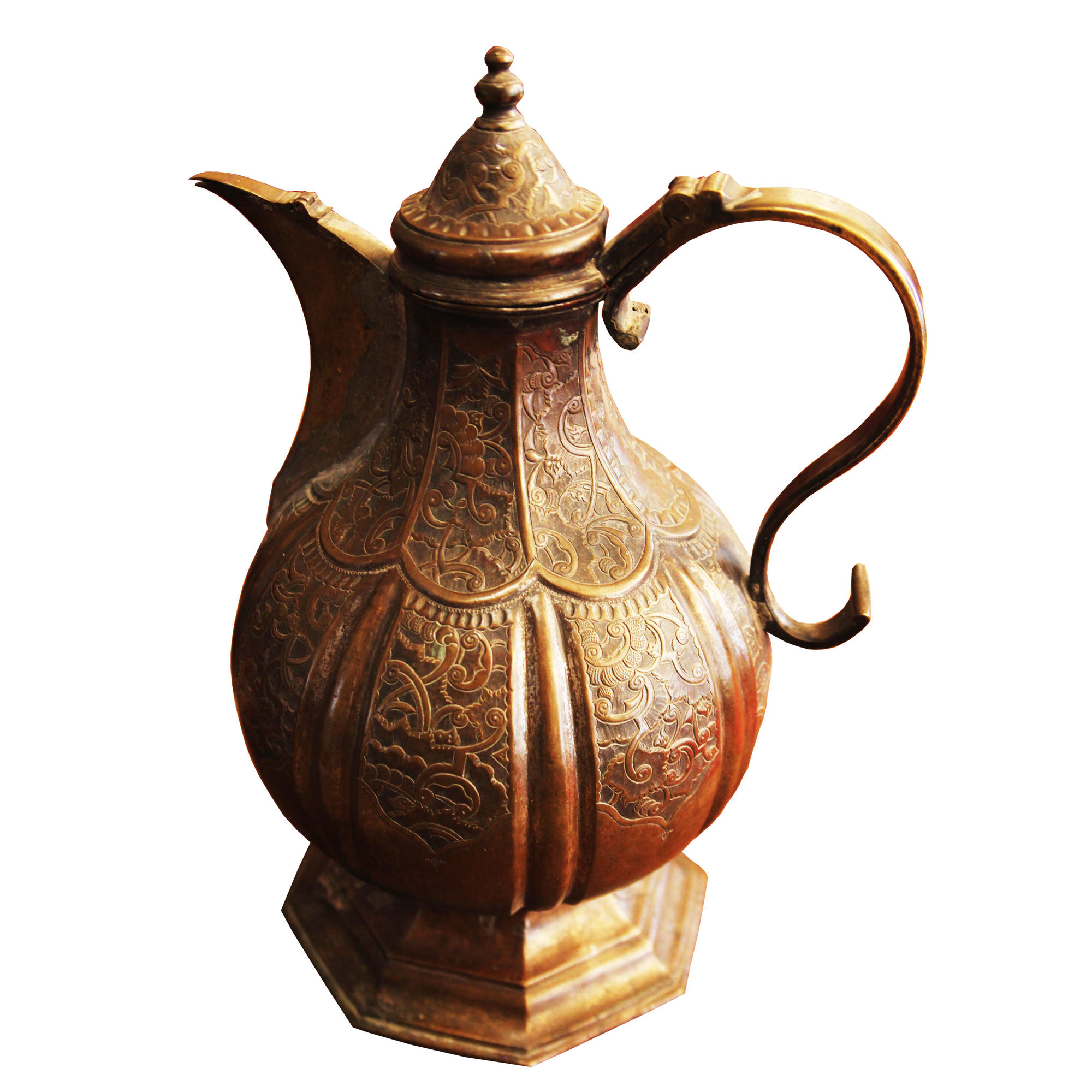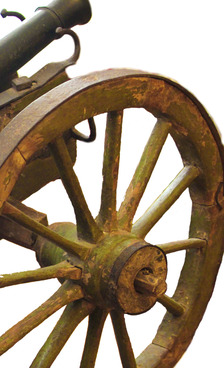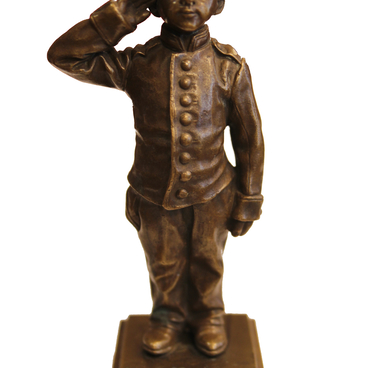The exhibition shows a collection of copper items produced at the Demidovs’ plants in the Urals in the 18th century.
The Demidovs began with a Tula blacksmith Demid Antipiev. Late in the 17th century, Peter the Great gave one of the plants at the Urals, which supplied the army with weapons during the Great Northern War, to Antipiev’s most entrepreneurially-inclined son Nikita. He essentially upgraded the plant and started building other metal smelters in the Urals. As a result he opened over a dozen of plants that produced two thirds of all the metals in the Russian Empire. In 1720 Peter the Great conferred on Nikita a title of nobility and the surname of Demidov. Catherine the Great allowed him to hand it over by the right of succession.
The Demidovs’ plants were also located in the Kaluga governorate. Nikita’s son, having the same name, started iron ore mining in the province. The most prospering ones were his plants in Bryn, Dugna and Vyry. They processed between 60 and 100 thousand poods, i.e. 1-1.6 tons of cast iron a year. In 1742, Nikita Demidov Jr. was conferred the title of a state counsellor ‘for thorough production and multiplication of metal smelters and copper factories’.
Demidov’s descendants followed in his footsteps. His grandson Pyotr launched the Bogdano-Petrovsky plant located near the Khanino human settlement. Later a few more plants were built there. For example, one of the Khanino plants with a powerful furnace was able to produce up to 80 thousand poods (1.3 thousand tons) of cast iron annually. Such amount was sufficient to produce about 60 thousand poods (about a thousand tons) of finished goods, which were successfully sold throughout Russia.
The exhibits displayed here were produced at the Suksun plant at the Urals at the time when it was owned by the grandson of the first Demidov – Grigory Akinfievich. The plant produced Russia’s well-known samovars and copper bells.
During the 19th century the plant changed hands a lot of times, including twice it was re-owned by the Demidovs, and early in the 20th century it was run by Mikhail Kamenskikh. At the same time the Suksun plant continued producing cast iron but set up new industries as well. For instance, it was there that they started producing the first Russian medical equipment. The plant keeps operating even now.
The Demidovs began with a Tula blacksmith Demid Antipiev. Late in the 17th century, Peter the Great gave one of the plants at the Urals, which supplied the army with weapons during the Great Northern War, to Antipiev’s most entrepreneurially-inclined son Nikita. He essentially upgraded the plant and started building other metal smelters in the Urals. As a result he opened over a dozen of plants that produced two thirds of all the metals in the Russian Empire. In 1720 Peter the Great conferred on Nikita a title of nobility and the surname of Demidov. Catherine the Great allowed him to hand it over by the right of succession.
The Demidovs’ plants were also located in the Kaluga governorate. Nikita’s son, having the same name, started iron ore mining in the province. The most prospering ones were his plants in Bryn, Dugna and Vyry. They processed between 60 and 100 thousand poods, i.e. 1-1.6 tons of cast iron a year. In 1742, Nikita Demidov Jr. was conferred the title of a state counsellor ‘for thorough production and multiplication of metal smelters and copper factories’.
Demidov’s descendants followed in his footsteps. His grandson Pyotr launched the Bogdano-Petrovsky plant located near the Khanino human settlement. Later a few more plants were built there. For example, one of the Khanino plants with a powerful furnace was able to produce up to 80 thousand poods (1.3 thousand tons) of cast iron annually. Such amount was sufficient to produce about 60 thousand poods (about a thousand tons) of finished goods, which were successfully sold throughout Russia.
The exhibits displayed here were produced at the Suksun plant at the Urals at the time when it was owned by the grandson of the first Demidov – Grigory Akinfievich. The plant produced Russia’s well-known samovars and copper bells.
During the 19th century the plant changed hands a lot of times, including twice it was re-owned by the Demidovs, and early in the 20th century it was run by Mikhail Kamenskikh. At the same time the Suksun plant continued producing cast iron but set up new industries as well. For instance, it was there that they started producing the first Russian medical equipment. The plant keeps operating even now.




